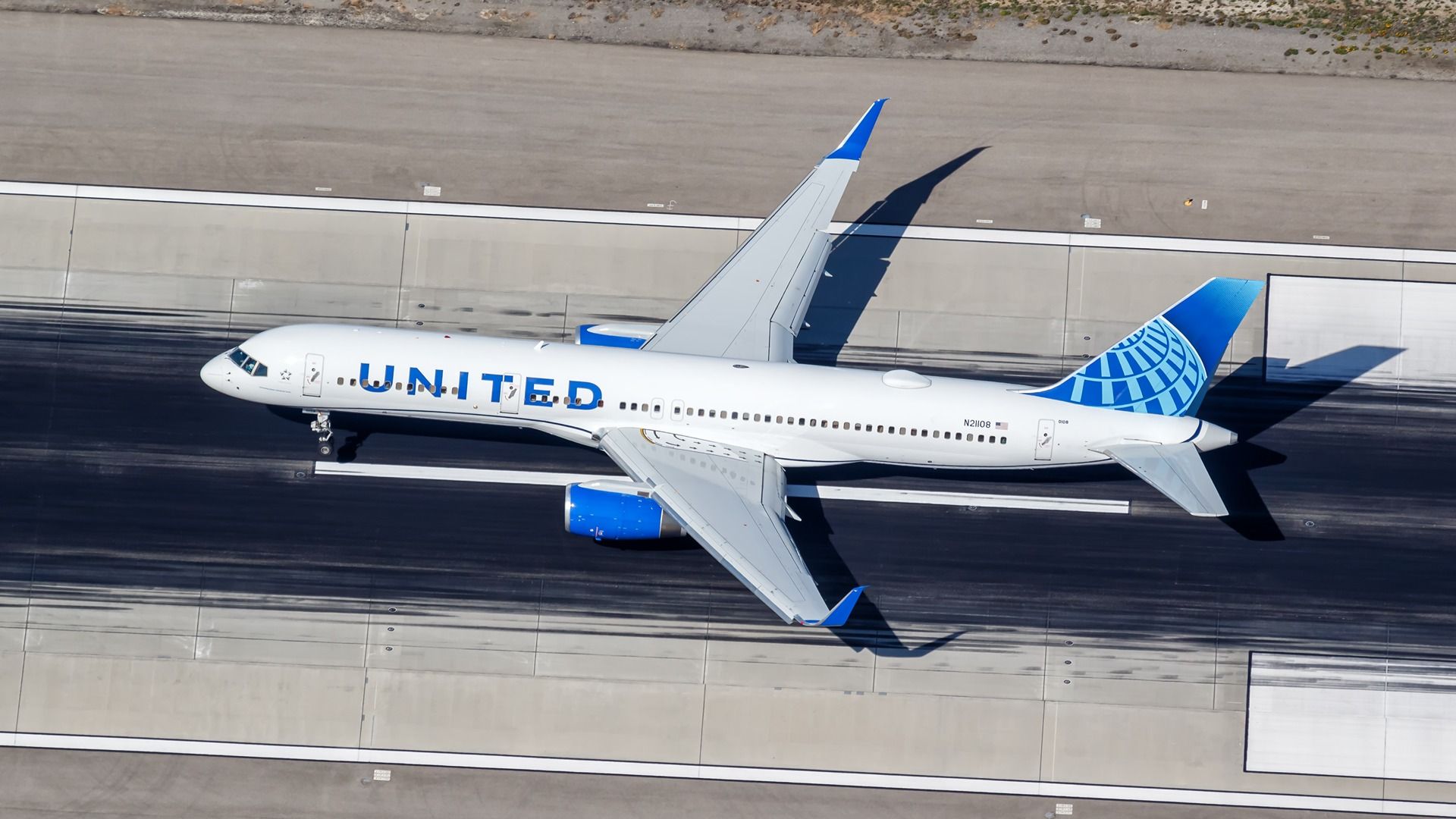World
United Airlines Boeing 757 Diverts Twice Due to Engine Issues

A United Airlines Boeing 757 was forced to divert twice within a week due to engine problems during transatlantic flights. The aircraft, which was en route from Dublin to Washington Dulles International Airport (IAD), made emergency landings first at Dublin Airport (DUB) on September 17, 2025, and then at Shannon Airport (SNN) on September 19, 2025.
The initial diversion occurred shortly after takeoff when the flight crew detected an engine issue. According to data from Flightradar24.com, the Boeing 757-200, registered as N17133, covered a similar distance before both diversions. After landing safely more than three hours into its journey, the aircraft was taken out of service for maintenance at Dublin Airport.
United Airlines confirmed that the flight, designated UA 711, was carrying 46 passengers and six crew members at the time of the first diversion. The aircraft, which has been in operation since 1997, has accumulated approximately 97,769 flight hours and 20,799 flight cycles. A spokesperson for the airline stated, “The flight was subsequently canceled, and we worked to get customers to their destination as soon as possible.”
On September 18, 2025, the airline canceled the flight scheduled for that day. Two days later, the same Boeing 757 was scheduled to fly from Dublin to Newark Liberty International Airport (EWR) but was diverted once more, this time to Shannon Airport due to mechanical issues. Notably, there were no passengers on board during this second diversion, only the flight crew. Passengers originally booked on the September 17 flight were accommodated on alternate services, and the airline provided hotel accommodations as well as meal vouchers.
As of now, the aircraft remains at Shannon Airport, with plans for departure to Newark Liberty International Airport scheduled for 17:47 local time in Ireland.
Understanding Flight Diversions
Aircraft diversions can be caused by a variety of factors, with mechanical issues being one of the most common. In the case of the United Airlines Boeing 757, technical problems necessitated both emergency landings. While conditions at the destination airport are assessed before departure, they can change unexpectedly, particularly during long flights.
Weather-related diversions are also frequent, as storms can develop en route. Beyond technical and weather-related issues, diversions may occur due to medical emergencies or unruly behavior among passengers. If a situation arises that the crew cannot manage, a diversion may be necessary to secure medical assistance or ensure safety.
Unforeseen events, such as airport closures or security threats, can significantly alter flight plans. A historical example includes the events of September 11, 2001, when all aircraft in U.S. airspace were ordered to divert and land.
The recent incidents involving United Airlines underscore the critical nature of flight safety and the measures airlines must take to ensure passenger well-being. As the industry continues to navigate operational challenges, maintaining transparency and prioritizing passenger care remain vital.
-

 Science2 months ago
Science2 months agoToyoake City Proposes Daily Two-Hour Smartphone Use Limit
-

 Health2 months ago
Health2 months agoB.C. Review Reveals Urgent Need for Rare-Disease Drug Reforms
-

 Top Stories2 months ago
Top Stories2 months agoPedestrian Fatally Injured in Esquimalt Collision on August 14
-

 Technology2 months ago
Technology2 months agoDark Adventure Game “Bye Sweet Carole” Set for October Release
-

 World2 months ago
World2 months agoJimmy Lai’s Defense Challenges Charges Under National Security Law
-

 Technology2 months ago
Technology2 months agoKonami Revives Iconic Metal Gear Solid Delta Ahead of Release
-

 Technology2 months ago
Technology2 months agoSnapmaker U1 Color 3D Printer Redefines Speed and Sustainability
-

 Technology2 months ago
Technology2 months agoAION Folding Knife: Redefining EDC Design with Premium Materials
-

 Technology2 months ago
Technology2 months agoSolve Today’s Wordle Challenge: Hints and Answer for August 19
-

 Business2 months ago
Business2 months agoGordon Murray Automotive Unveils S1 LM and Le Mans GTR at Monterey
-

 Lifestyle2 months ago
Lifestyle2 months agoVictoria’s Pop-Up Shop Shines Light on B.C.’s Wolf Cull
-

 Technology2 months ago
Technology2 months agoApple Expands Self-Service Repair Program to Canada









